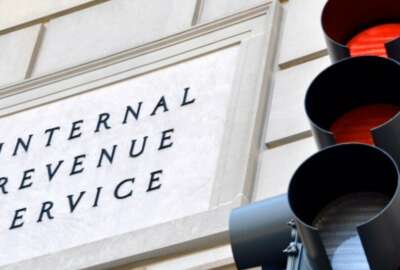How the IRS can advance from wreckage of 2021 filing season
National Taxpayer Advocate has some simple, straightforward steps for the IRS to get past its persistent service troubles.
Patience is a virtue if you’re waiting for the IRS to review your latest return. Don’t take my word for it. That’s according to the National Taxpayer Advocate, in last week’s report on the agency’s 2022 priorities. And don’t call to check on something or ask a question. Only three out of each 100 callers to the IRS “1040” line succeeded in actually talking to somebody.
It’s not as if IRS is evil or ill-intentioned when it comes to customer experience. It simply lacks the horsepower to handle call volumes that, at one point in the last filing season, reached 1,500 calls per second. Its call total quadrupled relative to the 2020 filing season. No matter how many artificial intelligence, cloud hosted, automated, call-routing gewgaws you have, if there’s not enough bodies to pick up the phone, accompanied by a good management plan, then millions of callers will end up in on-hold purgatory. At least have good on-hold music.
A line comes to mind from a long-ago movie with Richard Dreyfuss, Mr. Holland’s Opus. A composer-turned-high school music teacher is chided by his tough-but-loving principal. Referring to his struggle to inspire students with his musical chops, she says, “Now, I don’t know what you’re doing with the knowledge, Mr. Holland, but as a compass, you’re stuck.”
As a customer experience organization, the IRS is stuck all right.
Stated the Taxpayer Advocate: “As we look forward and plan our fiscal year (FY) 2022 objectives, this past filing season is still painfully visible in the rearview mirror.” Kind of like you’d refer to a squirrel you’ve just run over.
To be sure, the IRS had what author Judith Viorst might call a terrible, horrible, no good, very bad year. Offices closed. Paper returns and other correspondence piling up. Delayed filing deadlines.
Still, in her testimony, Taxpayer Advocate Erin Collins — a self-described optimist — outlines a few basic steps the IRS can easily do.
It can add the now-common call-back option to its phone centers for phoners who don’t want to reach Social Security age while on hold. This in addition to expanding its basic call-taking capacity.
It can make permanent, pandemic workarounds that let filers use a secure email system to send documents and scanned signatures that otherwise are non-digestible to its e-filing system. It can scan returns prepared electronically but submitted on paper — some 17 million of them last year. In fact, the IRS is at the moment seeking proposals from industry to establishing a scanning service. The Taxpayer Advocate also urges the agency to accept digital signatures permanently, as it did during the pandemic.
In summary, improving customer experience will also improve the agency’s efficiency.
Customer experience is easy, if you’re content with lousy service. Good customer service is harder. Good and consistent, that’s downright rare.
Recent Forrester Research figures show that, on average, the federal government gets a customer experience index score of about 62, a solid D. That’s below airlines, which are hardly the gold standard. Within the government, the IRS scored 54, a failing grade.
Much is made of private sector customer experience skill. It can be great, but everyone’s got horror stories there too. Often it’s how an organization responds to errors that turn potential haters into fans. The IRS may never have fans exactly, like the top-rated online pet supply outfit Chewy, but it doesn’t have to live in the dog house.
Copyright © 2025 Federal News Network. All rights reserved. This website is not intended for users located within the European Economic Area.
Tom Temin is host of the Federal Drive and has been providing insight on federal technology and management issues for more than 30 years.
Follow @tteminWFED







